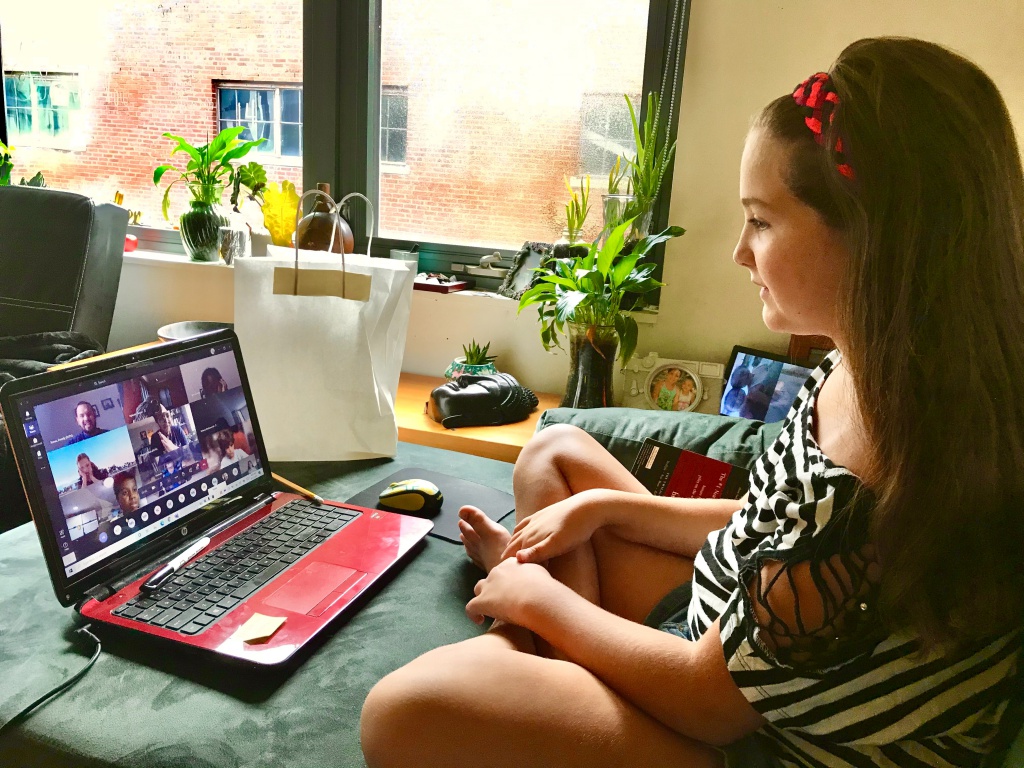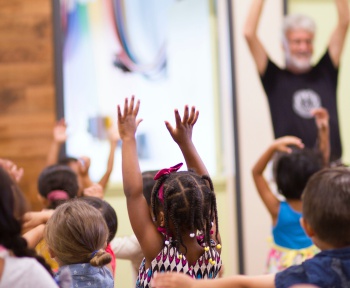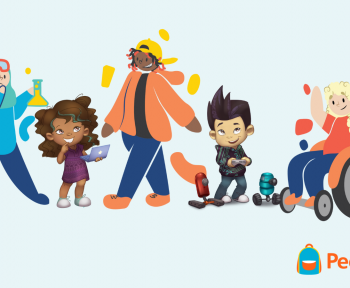The recent change for many schools from in-person to virtual learning has had a drastic impact on the ways that lessons are taught, and educators may be left struggling with how to incorporate SEL activities for virtual learning. With students feeling more stress, anxiety, and sadness due to the pandemic, SEL is as important as ever.
These social-emotional skills help students to identify and manage their negative emotions, build fruitful relationships with their peers, and work towards a positive mindset. In this article, we will discuss some SEL activities that can be done in virtual classrooms.
Breakout Rooms for Team Building


Previous articles that we have written have talked about the benefits of group work, which does not have to end just because schools are virtual. Cooperative Learning, also known as group work, allows students to apply their academic knowledge and SEL skills to work towards a common goal. Students practice:
- Effective decision making
- Conflict resolution
- Learn about their strengths and weaknesses in a group.
Commonly used video-conferencing platforms like Zoom or Google Meet allow for breakout rooms to be created and assigned both prior to class time or during the call.
Mindful Minutes


Mindfulness practice helps social-emotional development by helping students with self-regulation and provides students with a tool to recenter themselves in stressful or chaotic situations. At home, learning comes with many distractions, but with practice, students can train their brains to focus and refocus. This fantastic list from Teach. Train. Love. has 25 mindfulness activities for children and teens to try in the classroom.
Random Acts of Kindness


The benefits of being kind are underrated. Kindness contributes to the SEL skill of social awareness, which is being able to understand others’ feelings and perspectives. This understanding leads to empathy and respect towards others and leads to better relationships overall.
For this activity, create a way to encourage kids to demonstrate kindness in their everyday lives and a way to celebrate kids for doing so. You can keep a virtual “Kindness Wall” in the form of a poster on Canva or Google Slides, with pictures and descriptions of students and their acts of kindness.


Brain Breaks


Being in front of a computer for a long time is difficult, tiring, and has negative impacts on our health. Screen fatigue is a real thing and can put excessive strain on our eyes. For children, they may also find it increasingly difficult to stay attentive at a screen for long periods of time. Giving students activities to do that do not involve being in front of a screen is a good way to give students a well-deserved break. Some example activities include colouring, writing in a journal, going for a walk with family, doing a chore at home, or making a gratitude list.


Visualizing Post-Pandemic Self


A visualization is a powerful tool that can be used to influence our attitude and mindset for the better. For this activity, acknowledge the difficulties and negative aspects that the pandemic has caused, but ask students to take time to consider what they have learned from the pandemic, and how they have grown.
After this is over, do they think they will be stronger? More appreciative?
You can use a word cloud generator like mentimeter.com for students to share the words that they are feeling. A discussion will help to provoke more deep thinking, and this activity can help students to see how the hardships they have faced have changed them for the better.
Peekapak Virtual Resources
If you are looking for ways to incorporate social-emotional learning into your classroom in the context of the pandemic, Peekapak has created 8 specialized SEL pandemic lessons. These teach children about the pandemic and helps them to address feelings of worry, frustration, boredom, and much more. These lessons can be found here. We’ve also partnered with Kahoot! to deliver these lessons in a fun quiz format!
Peekapak also has adapted its SEL curriculum to support:
Synchronous online learning through our new series of 50 remote learning presentations to support online lessons per grade level.
Asynchronous online and family learning through our new video lessons and myPeekaville, our learning game.
As we wait for school to move back to in-person learning, these activities are a great way to incorporate SEL into a virtual learning environment.





